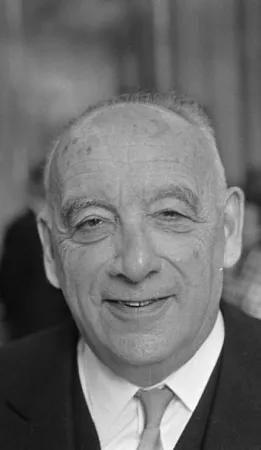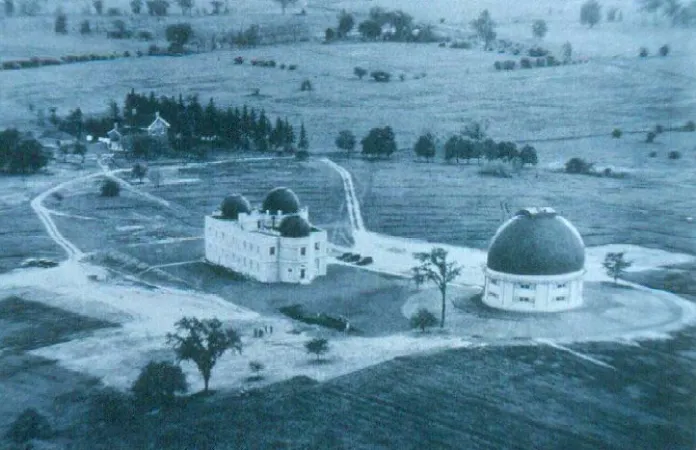Eyes on the sky: a life dedicated to the mysteries of the galaxies
This article was originally written and submitted as part of a Canada 150 Project, the Innovation Storybook, to crowdsource stories of Canadian innovation with partners across Canada. The content has since been migrated to Ingenium’s Channel, a digital hub featuring curated content related to science, technology and innovation.
Bryson Masse
Algonquin College Journalism Program
His father wanted Sidney van den Bergh to keep astronomy as merely a hobby, hoping he would one day choose a more practical career. But van den Bergh insisted on pursuing astronomy, helping to expand our knowledge of the galaxies. If he had chosen differently we would have missed his contributions to the study of stellar phenomena like globular clusters, nebulas and supernovae.
Born in 1929 in the Netherlands, van den Bergh completed his doctoral education at the University of Göttingen in Germany. In 1958 he took a post at the University of Toronto, where he taught for 19 years. Throughout his time researching van den Bergh published over 500 papers on astronomy and the evolution of the universe. A year after taking his post at the Observatory, van den Bergh had the chance to see early versions of photo plates from the Palomar Observatory Sky Survey. The study took over 2,000 photos to form a complete picture of the night sky. Van den Bergh used this detailed map to identify dwarf galaxies. Later, his work on this topic was collected into a database called the David Dunlop Observatory Catalogue.
Looking back on his career, van den Bergh told the CBC during an interview in 2008 that if he could pick a field of astronomy to spend more time researching, it would be planets. “We’re now beginning to discover large numbers of planets around other stars, finding out how they form,” he said.
Van den Bergh was inducted into the Canadian Science and Engineering Hall of Fame in 2011.











![A block of photographs showing some of the people involved in the bombing of beluga whales in the estuary and gulf of the St. Lawrence River. Anon., “La chasse aux marsouins [sic]. » Le Devoir, 15 August 1929, 6.](/sites/default/files/styles/thumbnail_7/public/2024-09/Le%20Devoir%2015%20aout%201929%20page%206.jpg?h=584f1d27&itok=TppdLItg)







